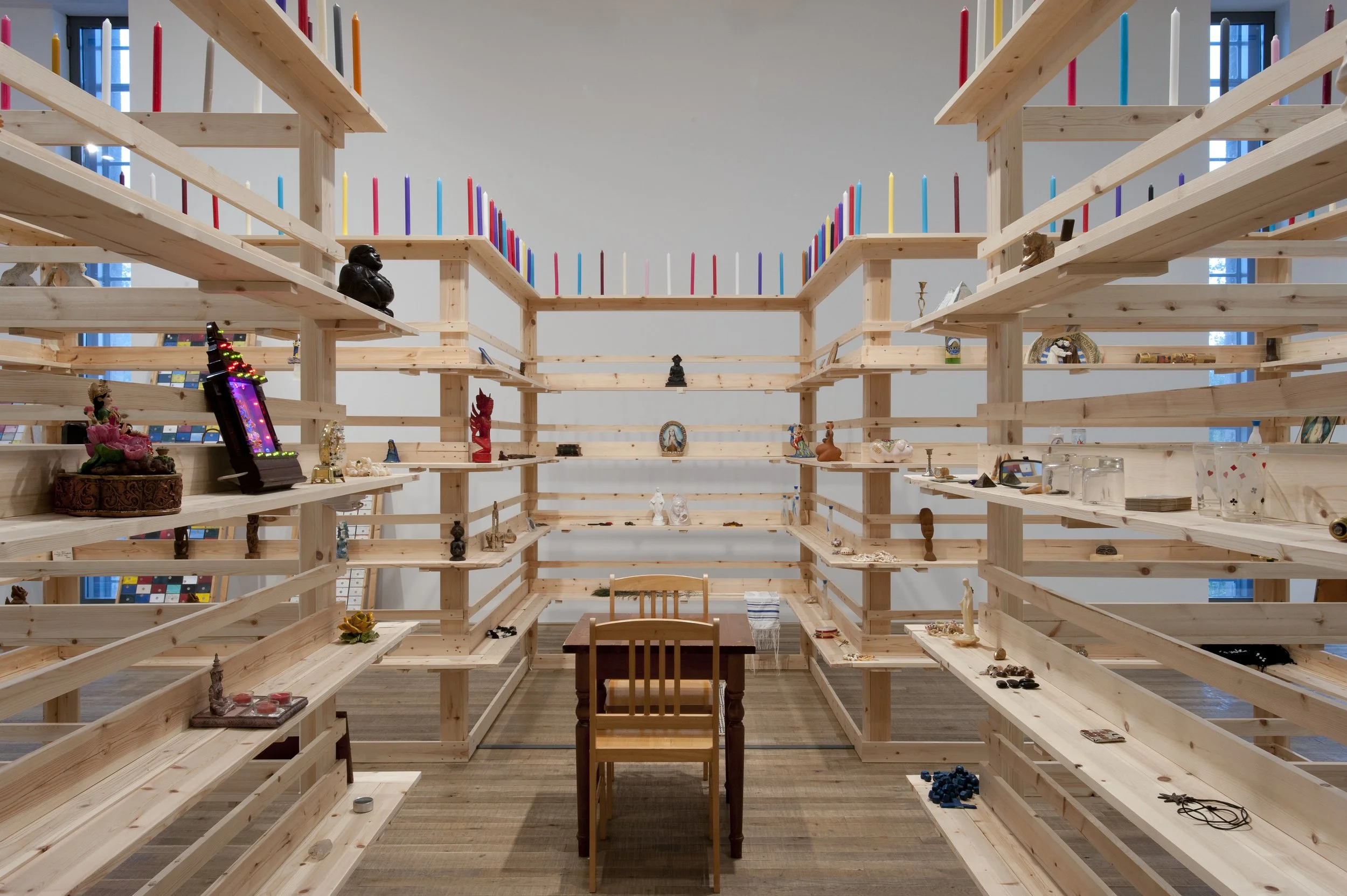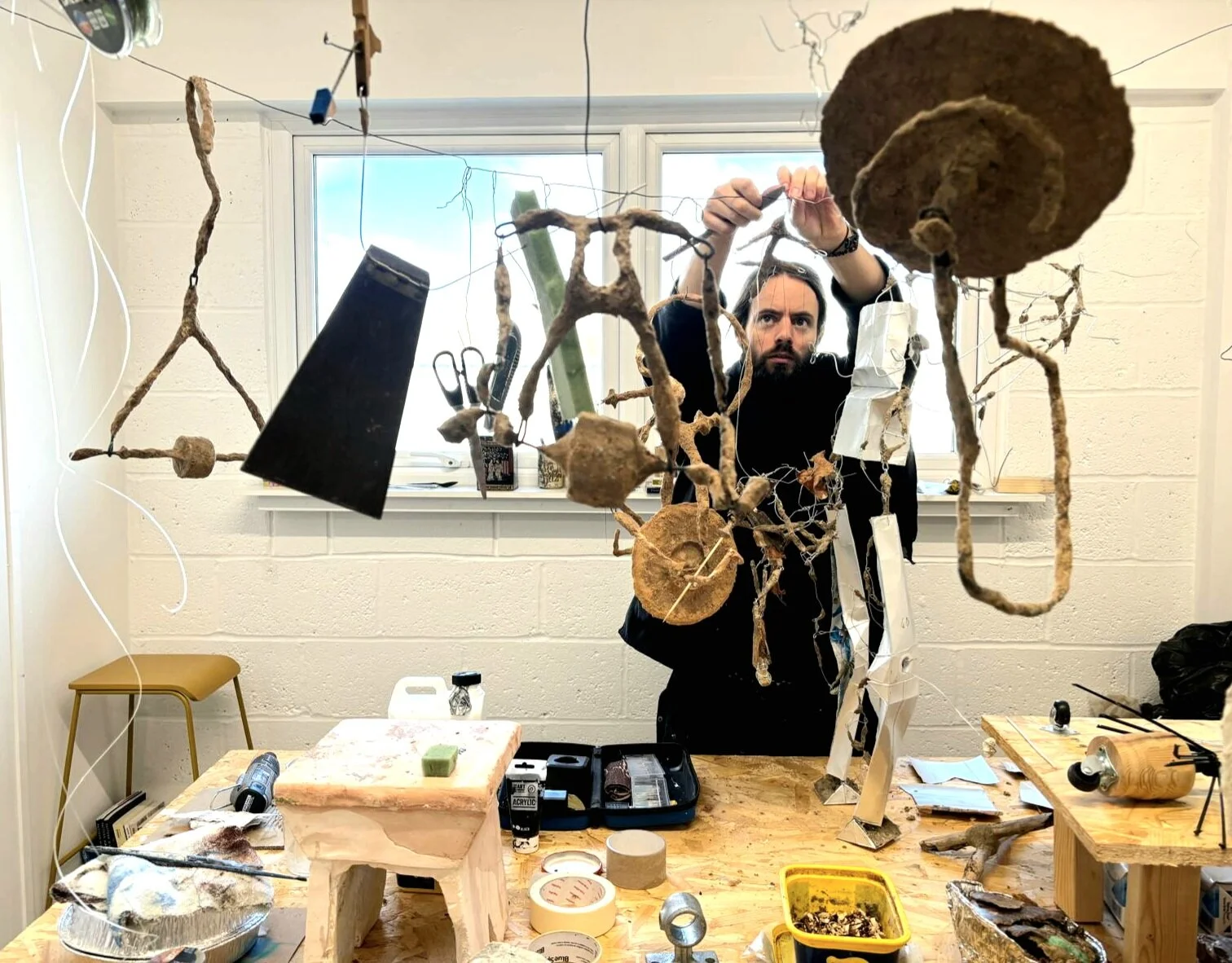Must visit museums in Europe: a cultural journey
In Europe, there are many museums that attract tourists with their amazing art galleries because it is a continent full of history, art and culture. However, people may wonder about the specific ones. It raises curiosity on the kind of facilities that make visitors feel different after attending such events in museums. We will take a tour through a few important cultural symbols found in Europe, which reflect some of the richest legacies on this continent.
The Louvre Museum, France
The Louvre, located in the heart of Paris, is more than just the world's largest art museum. It's a historical monument, a former royal palace, and home to thousands of works of art, including the iconic Mona Lisa and the Venus de Milo. Walking through the Louvre, you can't help but feel the weight of history and the beauty of human creativity. Here you can go after your date online to experience a blend of romance and culture.

The Louvre Museum. Photo by Mika Baumeister
The British Museum, United Kingdom
London’s British Museum is an international culture giant. It contains more than eight million pieces documenting the story of mankind, as well as art and culture, starting from ancient times up to the present day. Some of the most important displays are the Rosetta Stone, Elgin Marbles and Egyptian mummies. With such a wide and varied collection in the museum, there is always something interesting for all visitors, be it old antiques or new artistic works.
The Vatican Museums, Vatican City
The Vatican Museums take you on a trip down history lane as you marvel at art pieces that are hundreds of years old. In these museums is kept the huge accumulation of art by the Roman Catholic Church for many centuries, comprising many famous classical statues as well as the best works of the Renaissance. Of course, everyone enjoys visiting the Sistine Chapel, painted by Michelangelo himself. It is justly considered precious and imposing, and evokes only admiration and stunned silence among the visitors of whatever religious views. Apart from being a treat for the eyes, this museum reminds us about how Christianity has evolved over time and spread throughout different cultures.
The Prado Museum, Spain
The Prado Museum is found in Madrid and is popular because of its European art which was collected between the twelfth and early twentieth centuries. Some of the artists that are featured here include Velazquez, Goya and El Greco among others. This museum is loved by many art lovers because from one end to the other, one can go through the history of Spanish art in a very close manner. The Prado is more than just a museum; it offers insight into Spain’s great art culture with all its paintings portraying different phases in the development of the nation’s culture.

The Rijksmuseum. Photo by Frans Ruiter.
The Rijksmuseum, Netherlands
Amsterdam’s Rijksmuseum is a celebration of Dutch art and history. It houses masterpieces by Rembrandt, Vermeer, and other Dutch Golden Age painters. The museum's collection also includes beautiful Delftware, sculptures, and historical artifacts. The Rijksmuseum not only showcases the Netherlands' artistic achievements but also provides a deep insight into its cultural and historical journey. For anyone interested in Dutch art, this museum is an essential destination.
The Uffizi Gallery, Italy
The Uffizi Gallery in Florence is one of the most important Italian museums and a treasure trove of Renaissance art. Home to works by Leonardo da Vinci, Michelangelo, and Botticelli, the Uffizi offers a comprehensive look at the development of art in Italy. Its stunning architecture and carefully curated exhibitions make it a must-visit for any art enthusiast. The gallery’s intimate setting allows visitors to connect deeply with the art, experiencing the passion and creativity of the Renaissance period.
The museums in Europe are not only for art displays. They serve as entrances into the vast cultural and historical tapestry of the continent. Every museum provides a distinct passage in time that shows off a blend of human inventiveness and accomplishment. It does not matter whether one is strolling around in the Louvre or standing astounded with an open mouth under the ceiling of the Sistine Chapel; in both cases, museums teach something new and raise the feeling of admiration.
This spring and summer, London’s art world is turning its focus towards impact as well as inspiration. A series of high-profile exhibitions and auctions across the city are supporting vital causes—from mental health and food poverty to children affected by war and the conservation of endangered animals…
A Wound with Teeth is a 50-minute excerpt from the upcoming full-length work Lo, premiering in 2026. Phantom is a 20-minute piece first created under pandemic restrictions and filmed in 2021; this performance marks its stage debut…
The timing of this exhibition could not be better. At the end of a long winter, and egging on London’s reluctant spring, the Saatchi Gallery brings us FLOWERS in full bloom…
Serpentine, in partnership with the Edinburgh Art Festival, presents Lewis Walker’s world premiere of Bornsick, a groundbreaking new performance this May at Round Chapel, London…
As summer arrives in London, there’s no better time to embrace the city’s vibrant outdoor dining scene. Here is our guide to the best outdoor terraces to visit in London in 2025 for an unforgettable al fresco experience…
Supported by Burberry, the redesigned gallery will spotlight the museum’s world-class fashion collection with immersive displays and a dynamic public programme…
The National Gallery is offering a once-in-a-lifetime opportunity for one lucky individual to sleep surrounded by world-class art as the Gallery prepares to reopen the transformed Sainsbury Wing. On Friday 9 May 2025, the first-ever overnight guest will experience the magic of the gallery at night, with a bed placed within view of iconic masterpieces…
Tate Britain has opened the largest UK survey exhibition to date of British Contemporary Artist Ed Atkins (b. Oxford, 1982) featuring works from the last 15 years. Atkins is best known for his computer-generated videos and animations which form the core of his work…
The RWC Experiences programme is designed for those who want to take their matchday to the next level. Whether it’s private suites with luxury dining, all-day festival-style celebrations, or exclusive pre-match lounges…
Our first trip to Art Basel Hong Kong was an unforgettable experience, solidifying, in our opinion, its position as one of Asia’s leading art fairs.From 28 - 30 March 2025, the Hong Kong Convention and Exhibition Centre hosted 240 galleries from 42 countries, offering an impressive range of global and regional artistic expressions…
Peter Bellerby is the founder of Bellerby & Co. Globemakers, a company renowned for its exquisite hand-crafted globes. Established in 2010, the company specialises in meticulously designed pieces that showcase exceptional craftsmanship, positioning Bellerby & Co. as a leader in the globe-making industry…
Pioneering choreographer Merce Cunningham’s work will “forever” be revered. The Van Cleef & Arpels Dance Reflections festival has brought two of his works back to life performed by the Lyon Opera Ballet at Sadlers’ Wells…
Born in 1937 in what is now West Bengal, Arpita Singh is one of India’s pioneering post-independence artists. Remembering marks her first institutional solo exhibition outside India, featuring key works from her prolific six-decade long career…
Tate Modern’s 25th anniversary will be marked with a free four-day celebration in May 2025, featuring art displays, live performances, music, workshops, and family activities….
There were two compelling reasons to attend this performance: the venue itself and the cutting-edge artist collective known as (LA) HORDE. Sadler’s Wells’ newest state-of-the-art venue is a welcome addition to Stratford, boasting rehearsal studios…
Gabriele Beveridge is known for her sculptural and conceptual practice that combines materials as diverse as hand-blown glass, photo chemicals, and found images…
The legacy company of the pioneering American choreographer Trisha Brown opened the Van Cleef & Arpels Dance Reflections Festival at Sadler’s Wells with a striking performance…
Design and Disability will showcase the radical contributions of Disabled, Deaf, and neurodivergent designers, exploring accessibility, innovation, and identity through 170 objects spanning fashion, art, architecture, and technology…
Robyn Orlin is a South African dancer and choreographer born in Johannesburg. Nicknamed in South Africa "a permanent irritation", she is well known for reflecting the difficult and complex realities in her country. Robyn integrates different media into her work (text, video, plastic arts) to she investigates a certain theatrical reality which has enabled her to find her unique choreographic vocabulary…
Chiharu Shiota: The Soul Trembles · The Flowers of Yves Saint Laurent · Collective Joy – Learning Flamboyance! · The People of the North · Corps et âmes · Louvre Couture: Art and Fashion—Statement Pieces · David Hockney 25 · Paris Noir · Olga de Amaral · Azzedine Alaïa / Thierry Mugler: 1980-1990 – Two Decades of Artistic Affinities
Katrina Palmer, an artist known for exploring materiality, absence, and dislocation, recently spoke to us following her year-long residency at the National Gallery about her exhibition The Touch Report…
The British Pavilion at the 2025 Architecture Biennale in Venice will explore the role of architecture in addressing the legacy of colonial geological extraction through innovative, earth-based repair practices in a UK-Kenya collaboration…
Lola Young at O2 Forum Kentish Town · British Pie Week · Romeo and Juliet at The Royal Opera House · Weather Girl at Soho Theatre · Czech Philharmonic with Sheku Kanneh-Mason · Jasmin Vardimon: NOW at Sadler’s Wells East · Mitsuko Uchida · Deutsche Börse Photography Foundation Prize 2025 · Jorge Jobim: Fantastical Autonomy · Siena: The Rise of Painting 1300‒1350· Art After Dark…
Leigh Bowery (1961-1994) packed more into his brief life than most would manage in two lifetimes. He passed away from an AIDS-related illness in 1994, at the age of just 33….
For the first time in the UK, the Royal Academy of Arts will present an exhibition exploring the lasting influence of Vincent van Gogh on Anselm Kiefer Hon RA. Running from 28 June to 26 October 2025…
AllBright’s Step Forward Summit · Firebird & Friends with Savannah Hagendijk · Art Exhibitions Celebrating Female Artists · Art After Dark · Marylebone Village Celebrates Female Founders · International Women’s Day Dinner at CORD by Le Cordon Bleu · WOW at 15 with Angela Davis · Boxcar Bar & Grill x Sara Dongiovanni · International Women’s Day Art of Self-Connection Workshop…
Arments Pie and Mash · Holborn Dining Room at Rosewood London · The 411 · The Audley Public House · The Devonshire · St John · Three Cheers Pubs · The Georgian at Harrods · The Marksman · The Connaught Grill · Quo Vadis…
The British Council has announced that Lubaina Himid CBE RA will represent Great Britain at the 61st International Art Exhibition – La Biennale di Venezia in 2026…
Enej Gala is an artist who splits his time primarily between London and his hometown of Nova Gorica, Slovenia. A graduate of the Academy of Fine Arts in Venice and the Royal Academy Schools (2023), Gala first gained our attention with Neighbour’s Harvest, an installation that cleverly combined puppetry and conceptual art…
Goldsmiths Centre for Contemporary Art (Goldsmiths CCA), located on the campus of Goldsmiths, University of London, has announced its exciting exhibition programme for 2025. From immersive digital worlds to poignant reflections on the female experience…

















































